From its 1859 charter to the 1995 merger into BNSF Railway, the history and size of the Atchison, Topeka and Santa Fe Railway made it a powerhouse in Class I railroading. Because of its overall popularity, modelers will find it easy to source the necessary materials to create a stunning representation of the iconic railroad. This includes these highlighted, must-have common products for a Santa Fe layout that will fit seamlessly into most themed layouts, regardless of most locations or time periods.
Mission-Style Depot and freight house
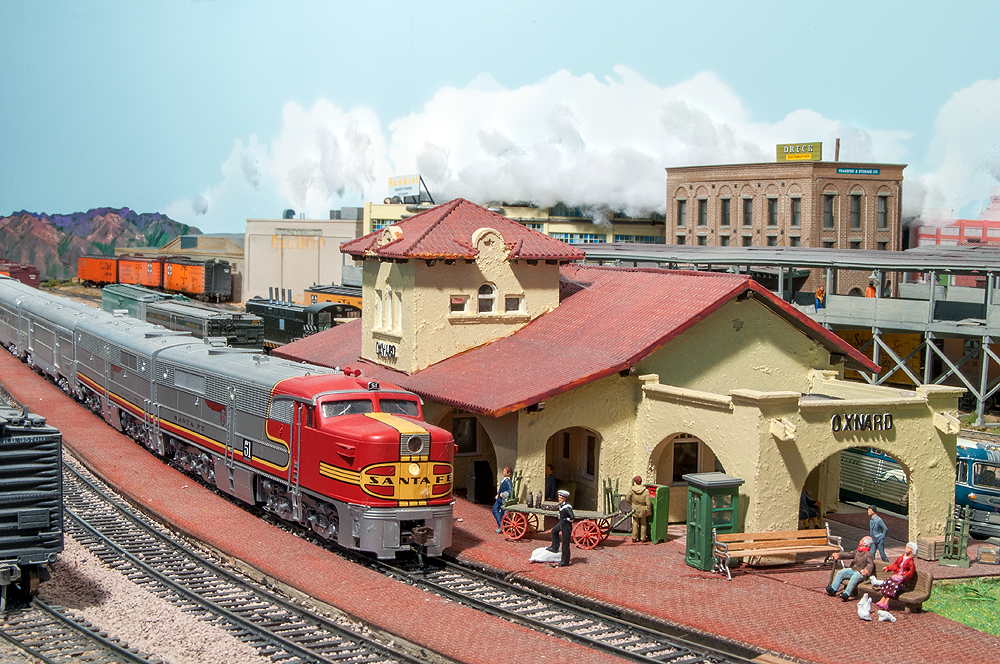
Mission-style railroad buildings and Harvey Houses were signature architectural elements along much of the Santa Fe network, particularly in the Southwest. Many of these historic structures still stand today, some beautifully preserved, others long abandoned. This means they’ll look right at home even when modeling the railroad’s later years in the early 1990s. While Harvey Houses might require some scratch-building, multiple manufacturers offer available mission-style depots and freight houses.
Recommended products:
- Model Tech Studios N Scale Kit Mission Style Station
- Walthers Cornerstone HO Scale Brick Mission-Style Santa Fe Depot
- Walthers Cornerstone HO Scale Mission-Style Depot
- Walthers Cornerstone HO Scale Mission-Style Freight House
Southwest scenery
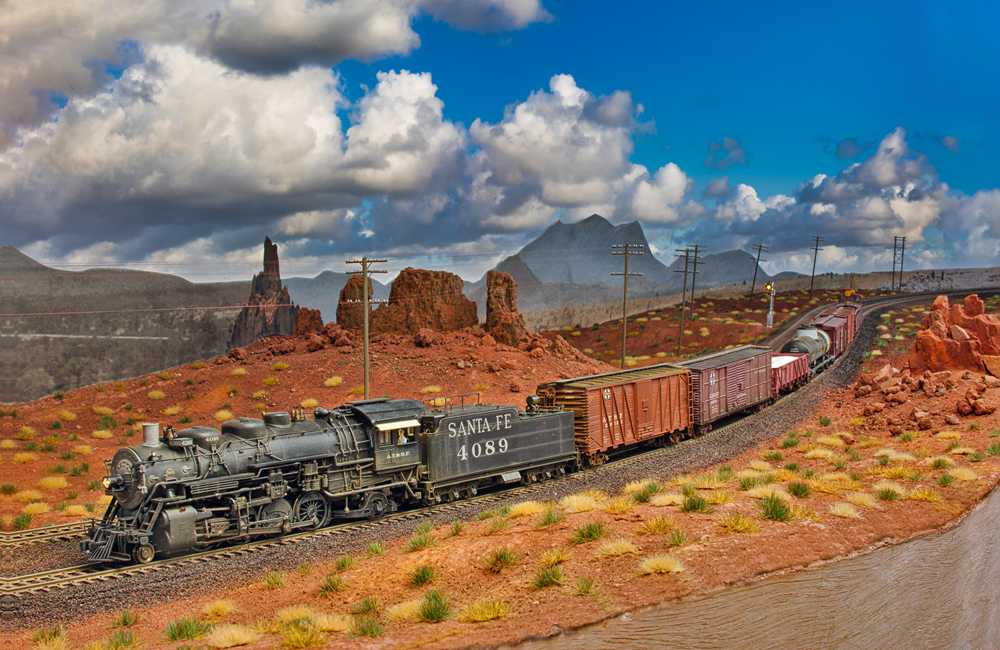
While the Santa Fe did extend into the Midwest, its legacy is undoubtedly tied to traversing the Southwest. This distinctive landscape offers a rewarding challenge for those who want to craft scenery. Simple deserts can be created with sand, rockwork, and various bushes. For more complexity, consider adding mountainous terrain with canyons, bridges, and tunnels.
Recommended products:
- Arizona Rock and Mineral Low Desert Soil
- Woodland Scenics Bluff Ballast
- Woodland Scenics Cactus Plants
- Woodland Scenics Desert Plant kit
- Woodland Scenics Earth Blend
- Woodland Scenics Facet Rock Mold
Stainless-steel lightweight passenger cars
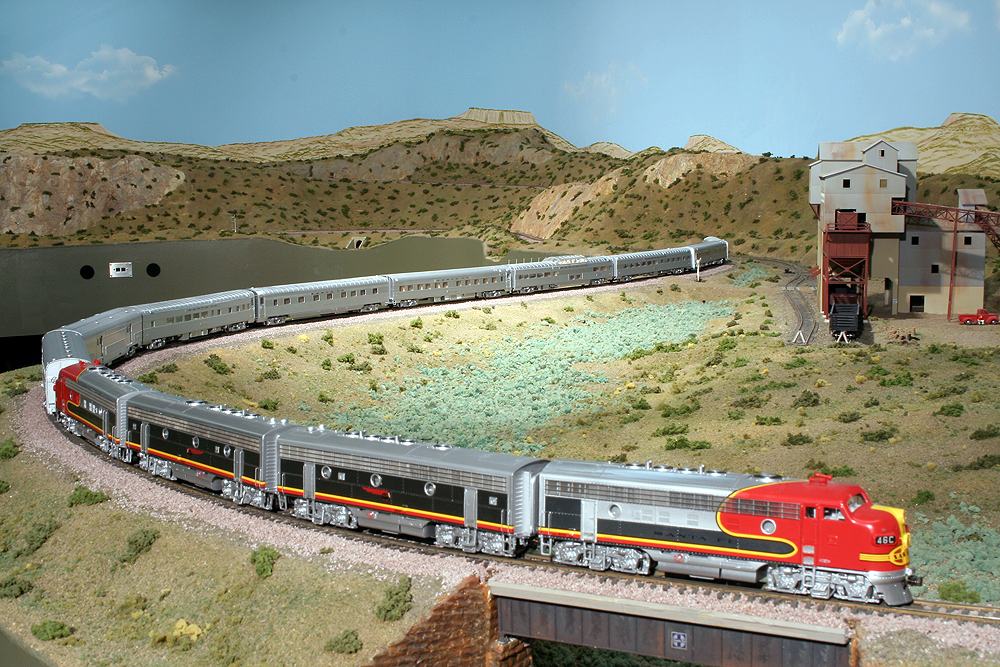
With the debut of the streamlined Super Chief in 1937, the Santa Fe embraced stainless-steel lightweight cars for most of its passenger trains. Even after the railroad ceased passenger operations in the 1970s, this equipment remains relevant for later eras. Many lightweight cars were acquired by Amtrak, and a select few were even retained by Santa Fe for their office car specials.
Recommended products:
- Broadway Limited Imports HO Scale Business Car
- Walthers HO Scale Pullman-Standard Passenger Cars
- WalthersMainline HO Scale Budd Passenger Cars
Warbonnet diesels
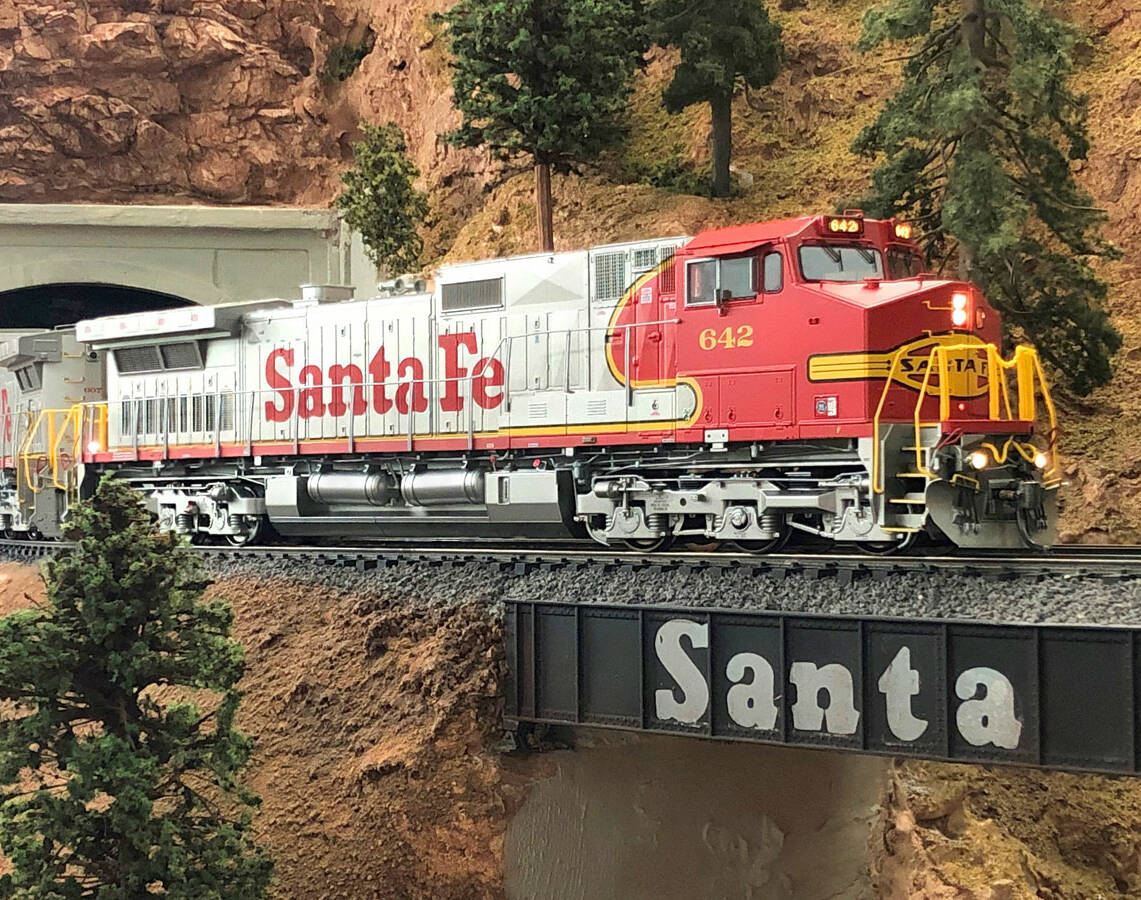
While some in the hobby might consider the iconic red, silver, and yellow Warbonnet scheme (especially on EMD F units) to be overused, its status as a Santa Fe emblem is undeniable. The scheme was even applied to the railroad’s freight diesels starting in the 1980s. Alternatively, the blue and yellow scheme offers a different, yet still distinctive look.
Product recommendations:
- Atlas HO Scale EMD CF-7
- Broadway Limited Imports HO Scale EMD F3 AB set
- Rapido HO Scale EMD E8AB set
- ScaleTrains HO Scale EMD GP30u
- ScaleTrains N Scale GE DASH 9-44CW
- WalthersMainline HO Scale EMD SD75M No. 222 “Superfleet”
- WalthersProto HO Scale EMD GP35 No. 2890
4-8-4 No. 3751
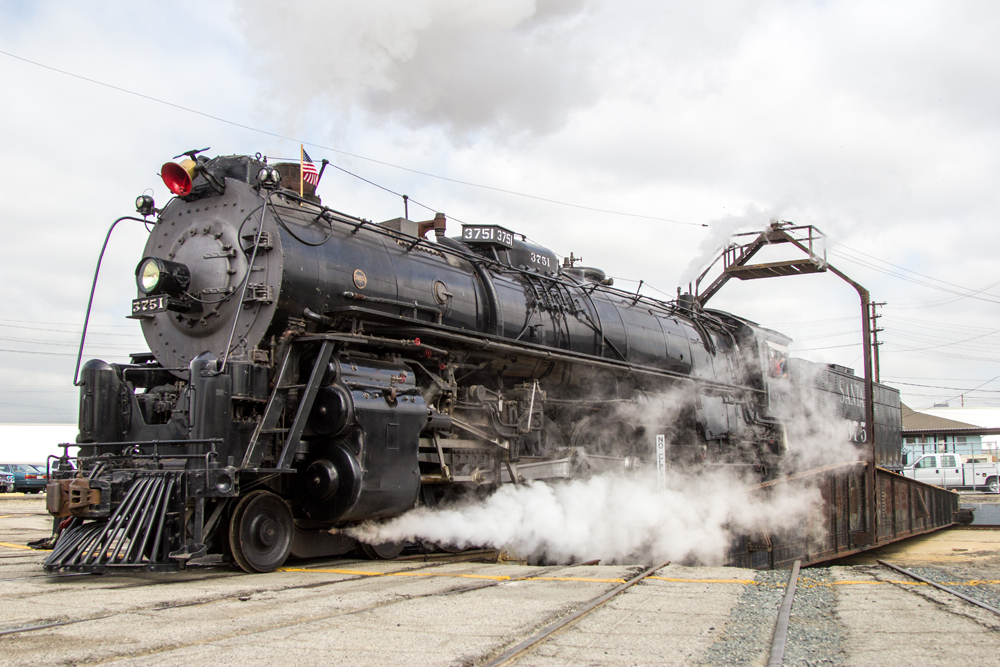
The Santa Fe’s fleet of 4-8-4 steam locomotives included some of the earliest and heaviest of their wheel arrangement in North America. Among them, No. 3751, delivered in 1927, is an undeniable must-have. It was the first 4-8-4 built by the Baldwin Locomotive Works and the first of its type rostered by the railroad. Originally retired in 1953, the locomotive was famously restored in 1991 for excursion service, including a notable stint with the Santa Fe’s Employee Appreciation Special between Los Angeles and Chicago in 1992. While No. 3751’s appearance has changed dramatically between its build date and today, and it didn’t operate in the 1950s-80s, a wise model railroader once noted that some rules are meant to be broken in the hobby, no matter how accurate your layout aims to be — especially when modeling the Santa Fe.
Recommended products:
- Broadway Limited Imports HO Scale 4-8-4 No. 3751
- Broadway Limited Imports N Scale 4-8-4 No. 3751
- Lionel Legacy O Scale 4-8-4 No. 3751
Visit the Santa Fe Railway Historical and Modeling Society website for more information on modeling the Santa Fe.






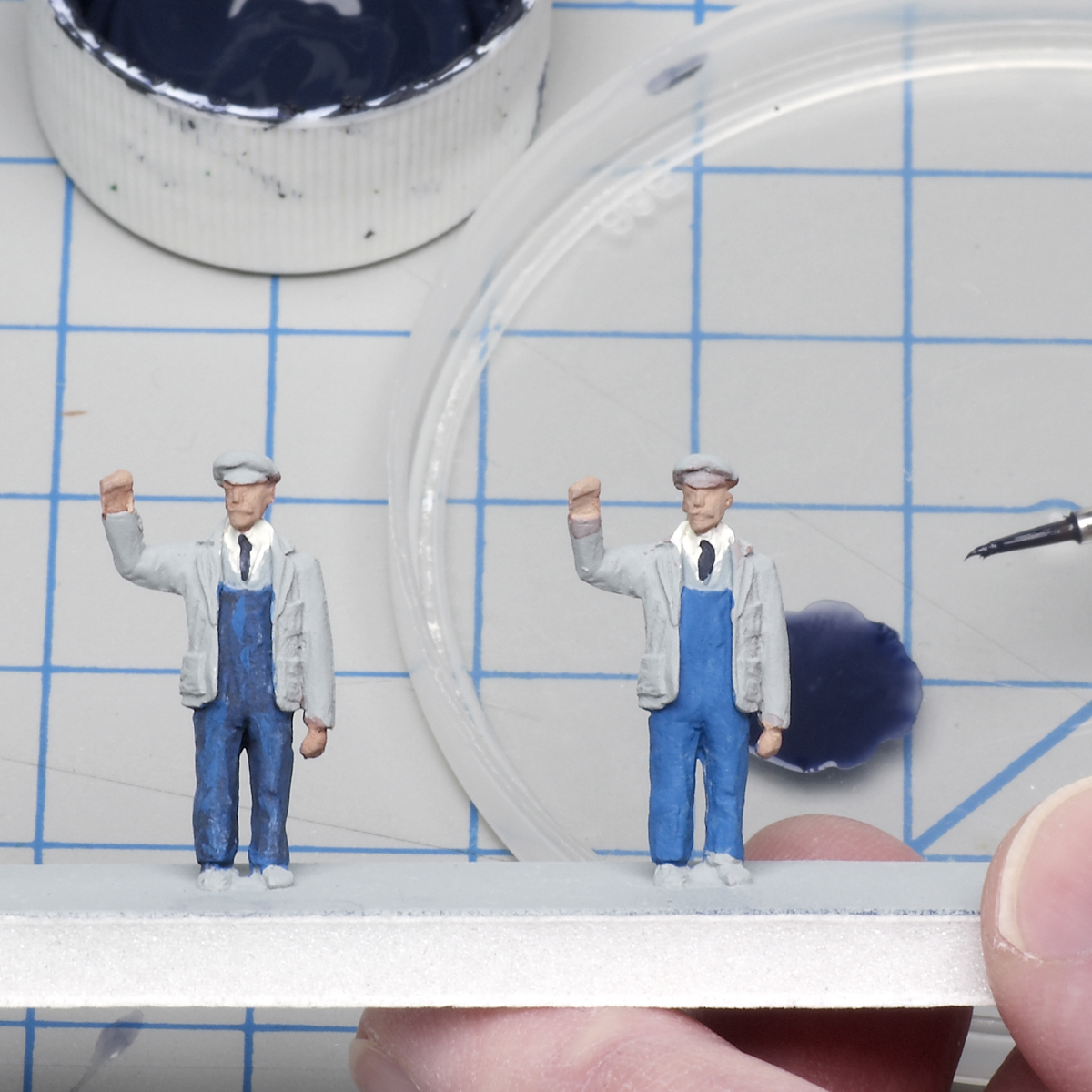
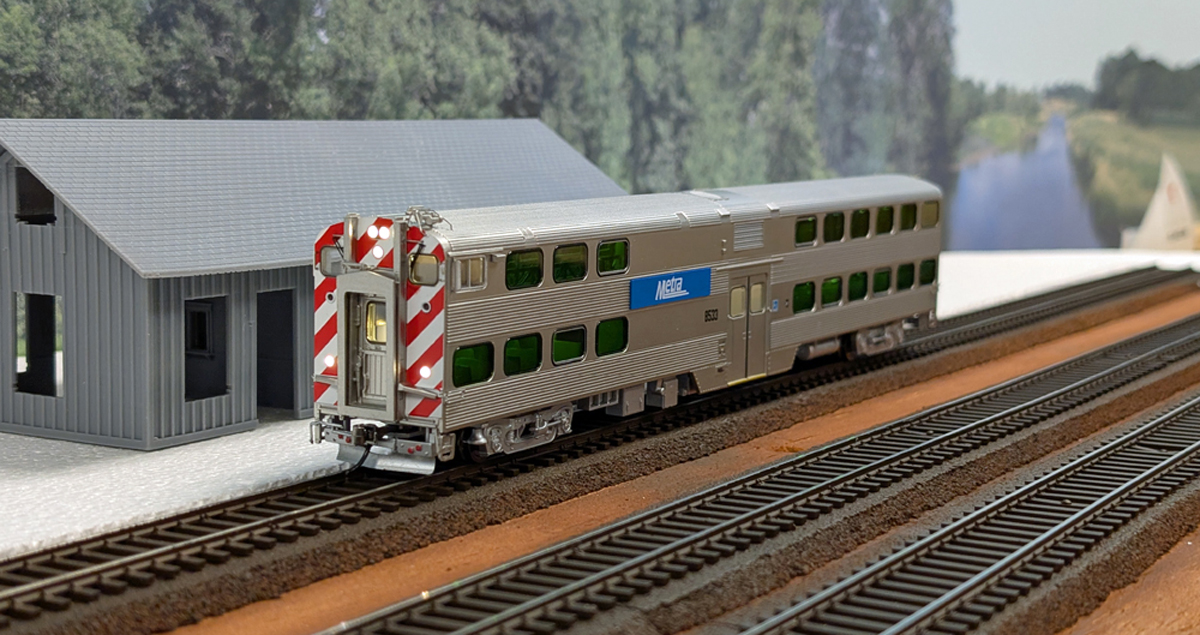
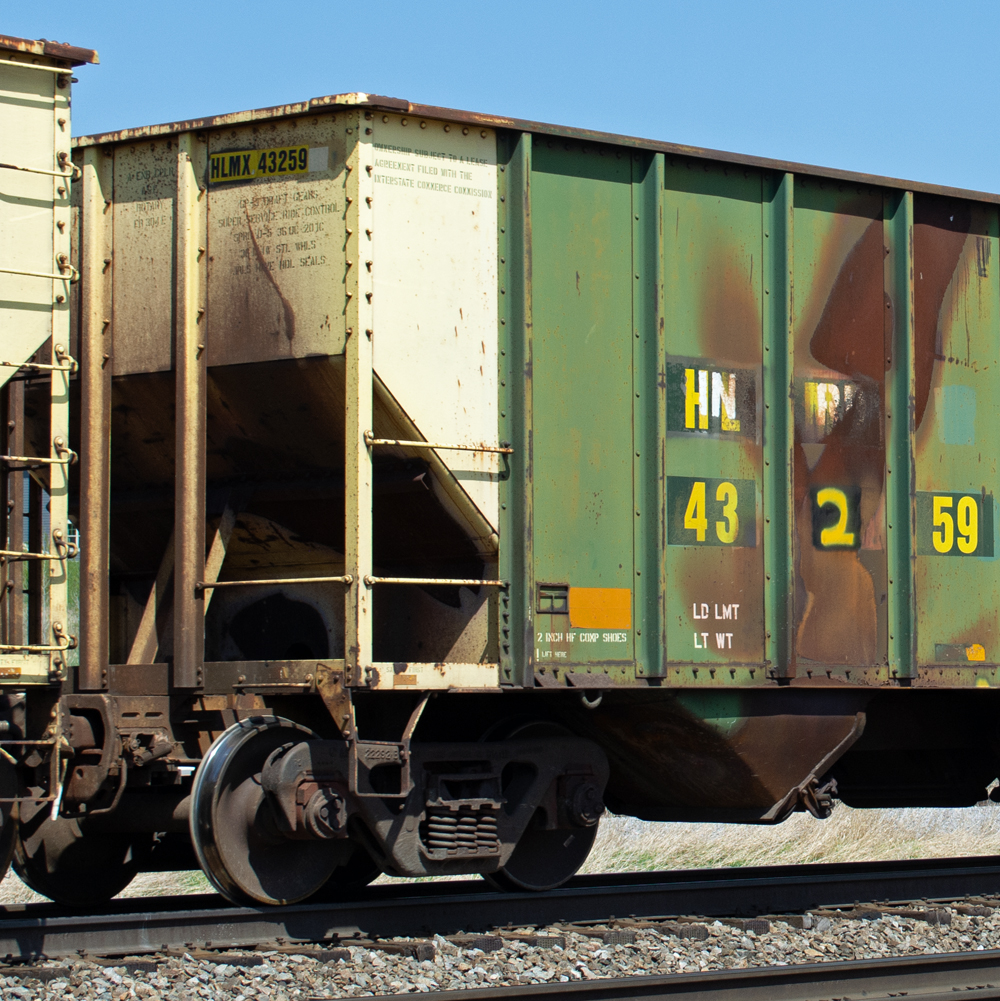
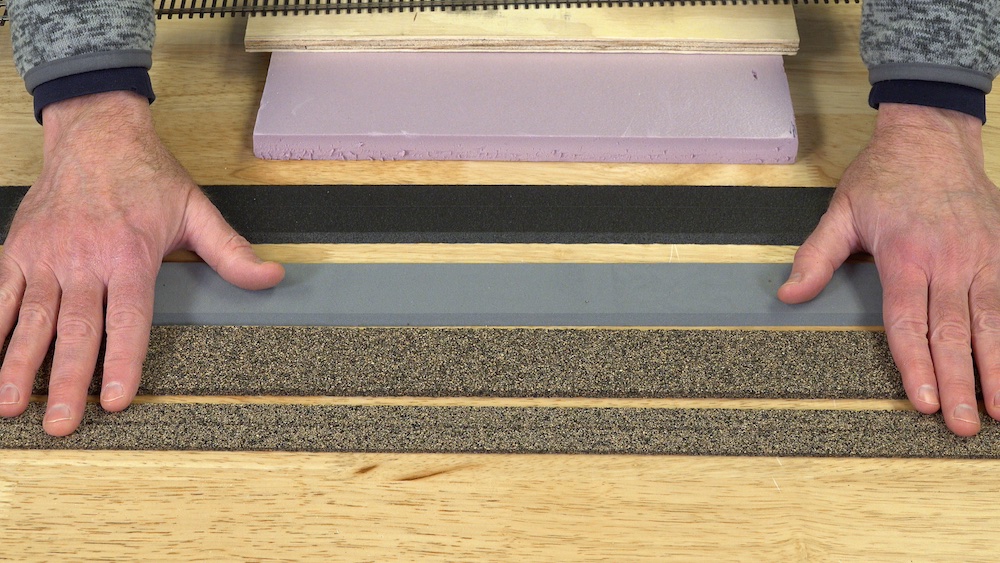

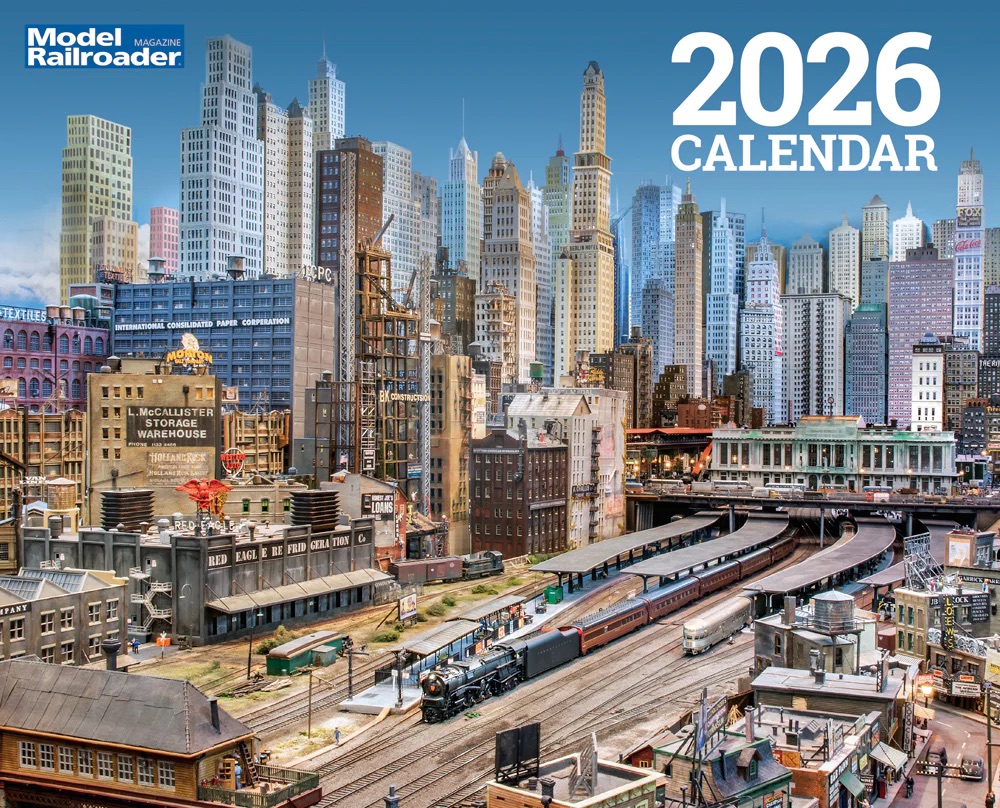
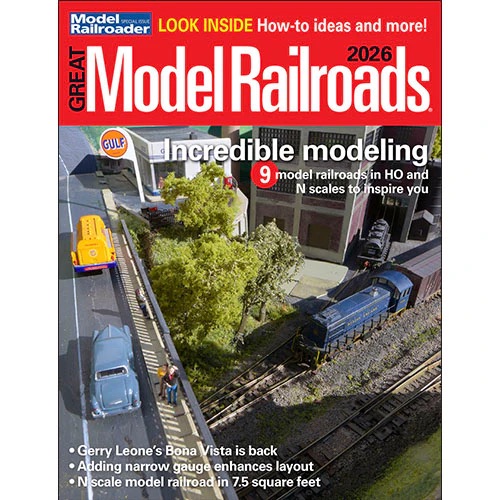
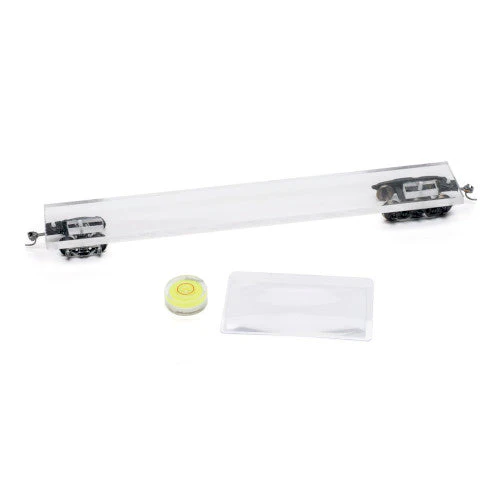
Your choices of models are extraordinary but for my monies worth as a kid in ate 50’s early 60’s my Athearn F’s and passenger/freight cars made for fine images. Ain’t that right Chico!